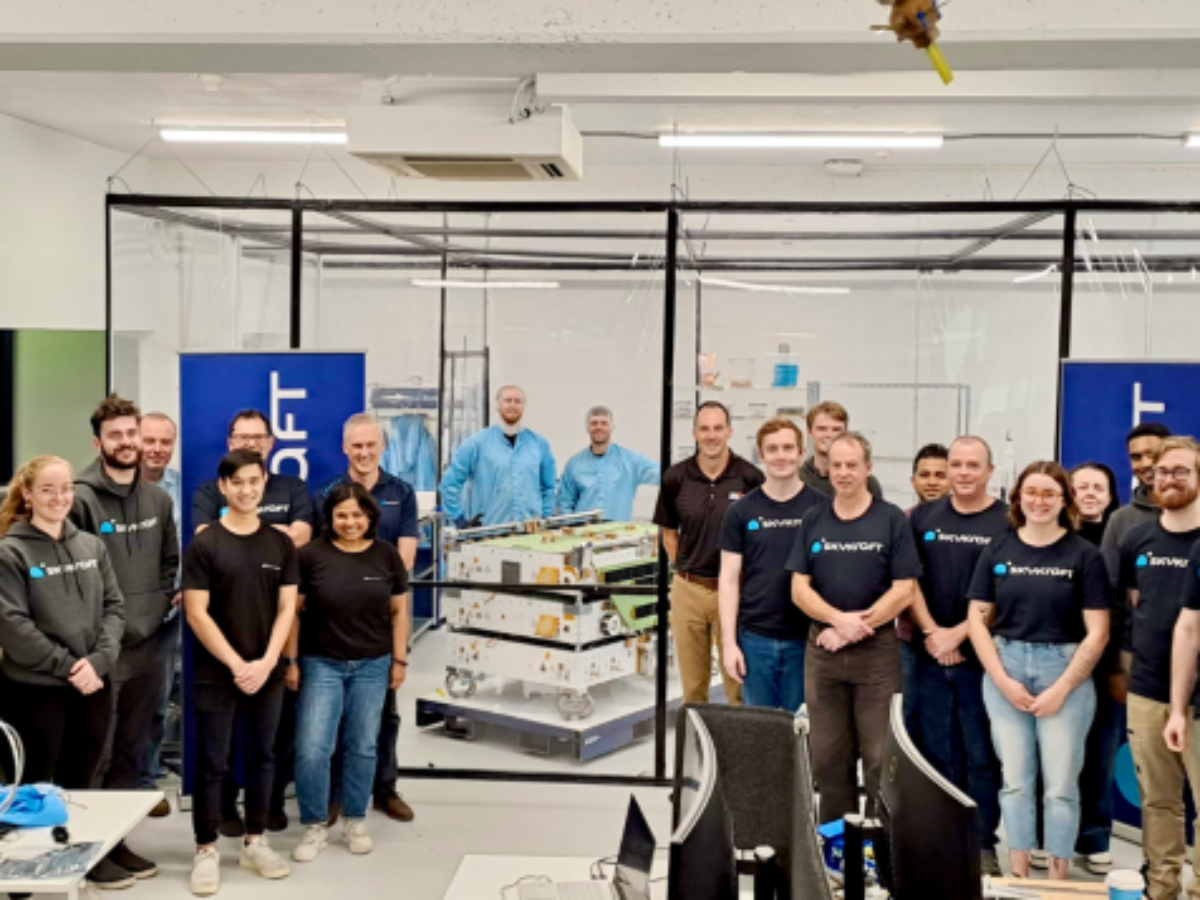Skykraft sends 5 satellites to the US for launch

Canberra satellite manufacturer Skykraft has successfully completed flight readiness reviews for Skykraft’s Block III satellites, which are now being shipped to the United States ready for launch on the next SpaceX Transporter mission.
The Block III satellites are the second batch of satellites to be launched in Skykraft’s proof-of-concept activities for a constellation of over 200 satellites to provide space-based air traffic management (ATM).
This constellation will provide surveillance services to track aircraft in flight and communications services that will improve communications between air traffic controllers and pilots.
The 300kg Block III payload stack consisting of 5 satellites successfully completed testing in Australia prior to being shipped to the United States.
This testing is a requirement for all launch payloads to ensure they can withstand the extreme vibrations of launch and sustain the shock of separation from the launch vehicle.
Skykraft CEO Dr Michael Frater said: “Block III extends on the success of the Block II satellites launched in January 2023.
“For Skykraft to be able to build and launch this second payload of satellites in just six months is a step-change in Australia’s space industry capability, and is an essential requirement as we ramp to operating and sustaining large-scale commercial satellite constellations.”
Skykraft will be sending a team to the United States to accompany the payload and complete integration on to the Falcon 9 launch vehicle.
Following the launch of Block III, Skykraft will have successfully sent a combined 600kg of Australian manufactured space objects into orbit, tripling what had been achieved before 2023 and proving the maturity of the Australian space sector.
Skykraft’s satellite manufacturing facility in Canberra is the centre for the design, build and operation of the 200+ satellites that will make up the constellation providing space-based ATM services, which will begin operations in 2025.
The constellation will be maintained with a regular five-year satellite replenishment cycle.
Picture: Skykraft
Topics Manufacturing News Technology
@aumanufacturing Sections
Analysis and Commentary Awards Defence Manufacturing News Podcast Technology Videos






